January is a month that surprises us. It is one of the driest months of the year, but in many ways it is the most exciting. January 2017 has set many records for both Mountain High and the Pikes Peak region. Record breaking winds peaking over 100 mph hit on January 9 and 10 toppling trees throughout the region. Most of these were large spruce trees notorious for their shallow roots and full evergreen canopies. This wind event kept our crews in emergency mode for two weeks.
These strong powerful winds are not unusual in winter. The Colorado Climate Center at Colorado State University explains it this way: “Episodic strong winds are a part of life for all areas in the immediate lee (just east of) the high Rocky Mountain chain. Most of these strong winds are relatively brief but severe and are associated with rapidly descending air cascading over the crest of the Rockies and racing out to the plains. These ‘down slope wind storms’ are most common from late autumn into spring and accompany upper level disturbances in the strong winter-time jet stream. The highest winds ever in Colorado? Longs Peak holds the record at 201 mph set in the winter of 1981. Boulder, one of the nation’s windiest cities, clocked 147 mph in 1971.”
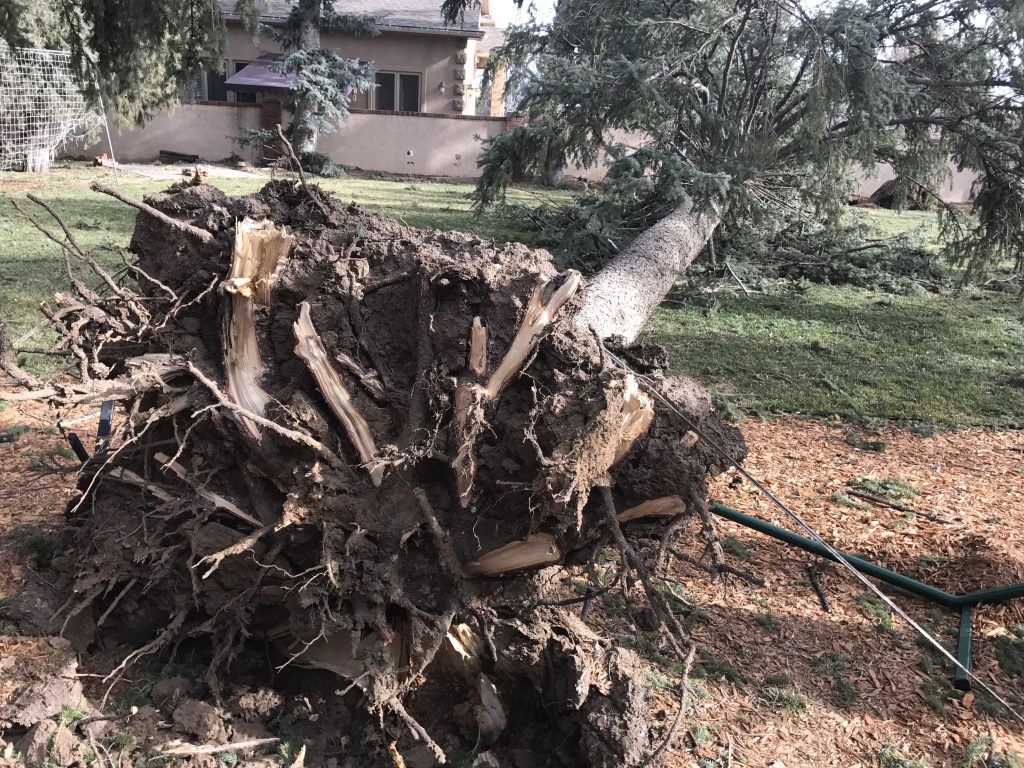 January also offers many other records. The record low for January in Colorado Springs was -26 on January 31, 1951. The record high of 73 was set on January 2, 1997. In January of 1987 a record 28.7 inches of snow fell.
January also offers many other records. The record low for January in Colorado Springs was -26 on January 31, 1951. The record high of 73 was set on January 2, 1997. In January of 1987 a record 28.7 inches of snow fell.
~Update~
This is what 2 weeks worth of storm damage tree removals looks like – This is a lot of wood!
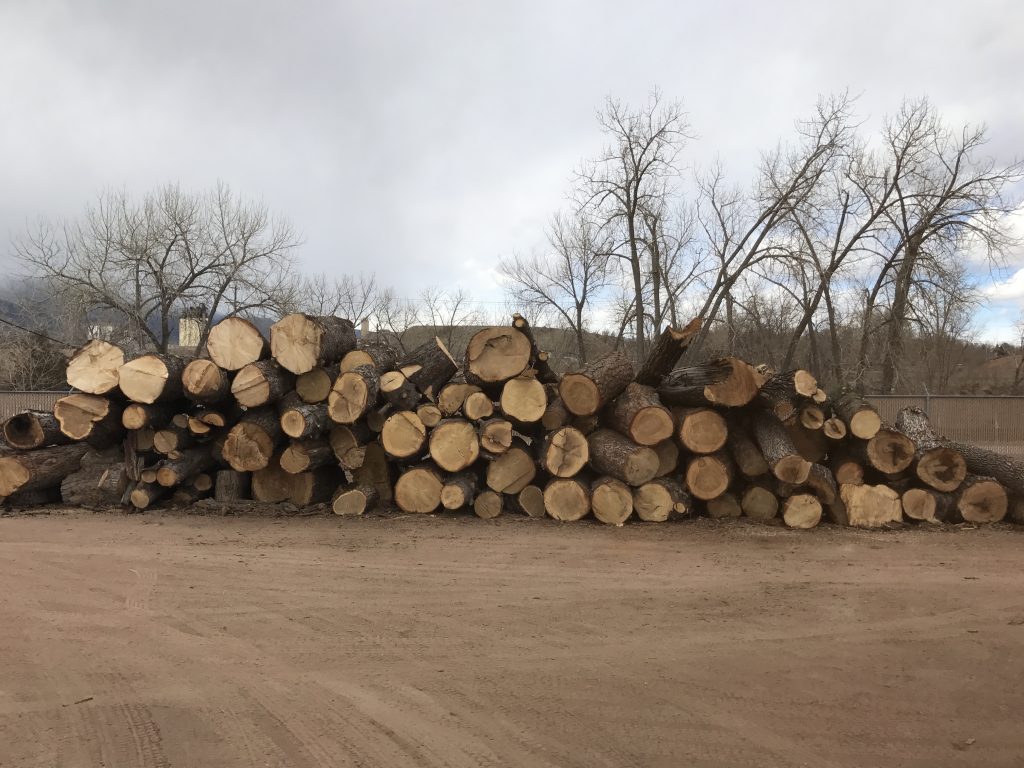

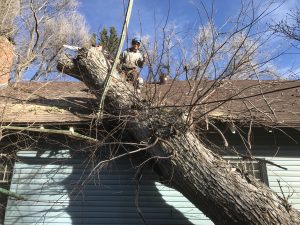
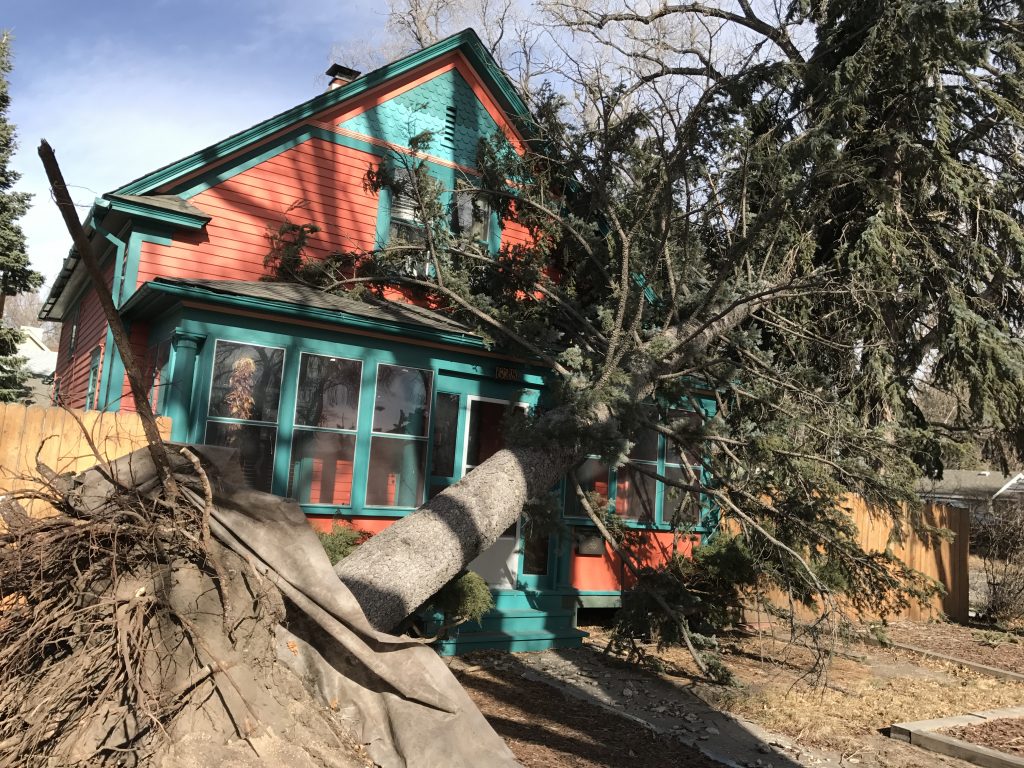
 America. It does not generally cause mortality in native Pines, but in exotic Pines it causes a fatal wilt disease. It can be deadly to the Scotch, Austrian and Mugo Pines planted in our landscapes.
America. It does not generally cause mortality in native Pines, but in exotic Pines it causes a fatal wilt disease. It can be deadly to the Scotch, Austrian and Mugo Pines planted in our landscapes.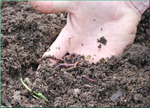 down so it is ready for plants. A general rule is to add a 2-inch layer of compost to the garden beds and work it down 10 inches into the soil. Manures tend to be high in salts and too much salt can damage your plants. If you use a manure, use less and apply only every 3 years.
down so it is ready for plants. A general rule is to add a 2-inch layer of compost to the garden beds and work it down 10 inches into the soil. Manures tend to be high in salts and too much salt can damage your plants. If you use a manure, use less and apply only every 3 years.